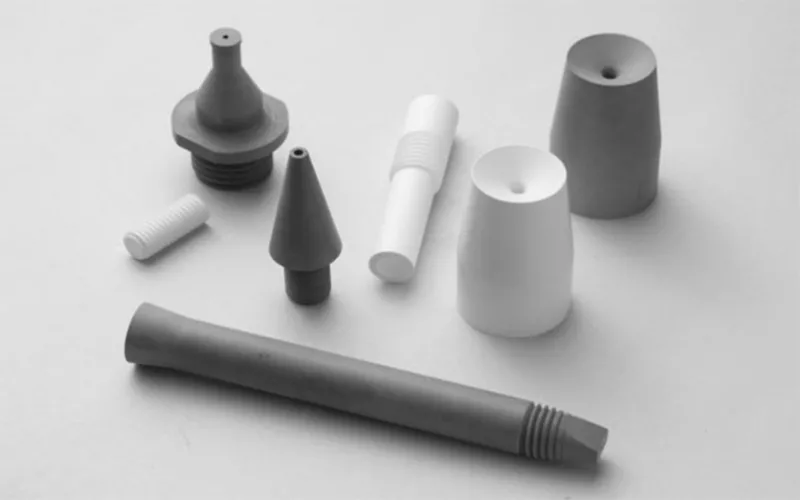Boornitride cbn is een geavanceerde keramiek die bekend staat om zijn superieure eigenschappen. BN-chemie heeft Boorstikstof Obligaties die aanleiding geven tot verschillende structuren. Van de structuren van BN is er één die in het oog springt en interessant is. Kubieke boornitride cbnLaten we proberen c-bn en de relatieve aspecten ervan te begrijpen.
Inhoudsopgave
- Structuur van hexagonaal boornitride
- Eigenschappen van hexagonaal boornitride
- Toepassingen van hexagonaal boornitride
- Wat is kubisch boornitride?
- Structuur van kubisch boornitride
- Eigenschappen van kubieke boornitride
- Kubieke boornitride versus diamant
- Kubieke boornitride gebruikt
- Super abrasieve schijven – of diamant c-BN schijf
Boornitride: Een overzicht
Boornitride wordt aangegeven door de chemische formule “BN”. Zoals eerder vermeld, Boornitride bestaan in verschillende vormen. Over het algemeen is het de locatie van boor en stikstof in het rooster die verschillende vormen creëert. Boornitridestructuren. Sommige daarvan zijn behoorlijk beroemd, zoals amorf, hexagonaal, kubisch en Wurtziet.
Als het om functionaliteit gaat, Boron Nitride keramiek is zeer goed bewerkbaar. Eenmaal bewerkt, is er geen warmtesintering of -behandeling nodig voor stabilisatie. Bovendien, Boornitride heeft een hogere warmtecapaciteit en is tevens een goede elektrische isolator.
Laten we nu proberen de afgeleiden van BN te begrijpen, Hexagonaal boornitride (h-BN) en nog een Kubieke boornitride (c-BN)
Hexagonaal boornitride (h-BN)
Structuur van hexagonaal boornitride
Hexagonaal boornitride is een bestanddeel van veel industriële producten, zoals cosmetica. HBN heeft een structuur die wordt gecontroleerd door covalente bindingen. De lagen in HBN gehoorzamen echter dwaal Waalse krachten. De plaatvormige geometrie van HBN zorgt ervoor dat het ideaal is voor smering.
Hexagonaal boornitride heeft elementen van boor en stikstof aan zijn rooster gebonden. De structuur heeft drie stikstofatomen gebonden aan een booratoom. De gelijkenis in de honingraatstructuur is de reden voor de analogie met koolstof. Daarnaast zijn eigenschappen van mechanische, chemische sterkte en elektrische isolatie te danken aan de vlakke driehoekige bindingen.
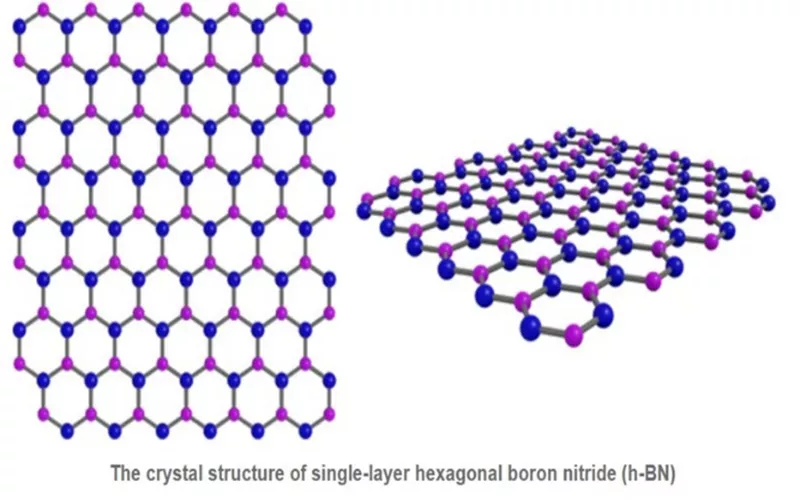
Eigenschappen van hexagonaal boornitride
Hexagonaal boornitride wordt in de volksmond geproduceerd door middel van booroxide-nitrering bij verhoogde temperaturen. Omdat de stabiliteit ervan dichter bij die van grafeen ligt, Hexagonaal boornitride wordt vaak geprezen als de meest geavanceerde technische keramiek. Enkele superieure eigenschappen van Hexagonaal boornitride zijn de thermische geleidbaarheid en de lage wrijvingscoëfficiënt.
Toepassingen van hexagonaal boornitride
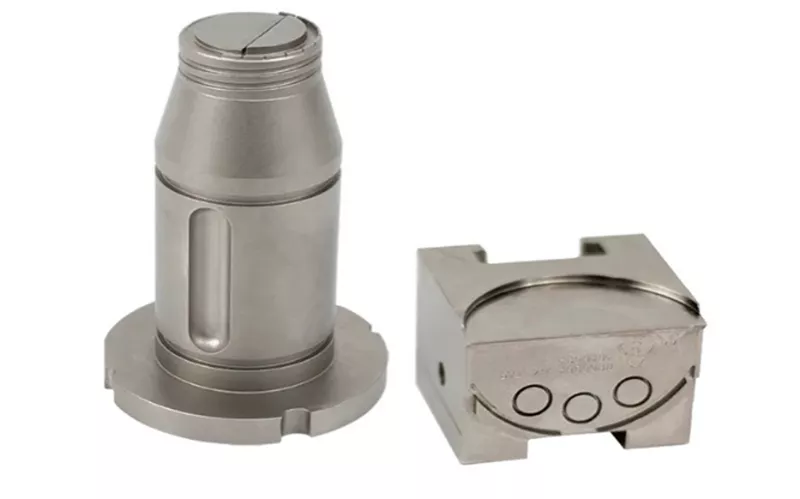
- HBN wordt gebruikt in nano-elektronische apparaten als vervanging voor grafeensubstraat
- Hexagonaal boornitride in zijn dunne vorm wordt het gebruikt als corrosiewerende coating
- HBN wordt vaak gebruikt bij de productie van sensormaterialen. Het wordt ook gebruikt bij elektronentunneling vanwege de lage diëlektrische constante.
Kubieke boornitride
Wat is kubisch boornitride?
c-BN is een derivaat van Hexagonaal boornitride (h-BN) geproduceerd onder hoge temperatuur en druk.
De grootste specialiteit van c-BN is dat het de tweede hardste materiaalsoort ter wereld is. De mechanische sterkte van Kubieke boornitride is populair en staat op gelijke voet met diamant. Het is een van de meest populaire polymorfen van boor. Nitride.
Structuur van Kubieke boornitride
De basisstructuur van Kubieke boornitride is kristallijn. Het heeft een dichtheid van ongeveer 3,5 g/cm3 en verschijnt in een lichtgele of transparante kleur. C-BN volgt een afwisselende rangschikking van boor- en stikstofatomen. Hier is de Boorstikstof Atomen volgen covalente bindingen, wat de belangrijkste reden is voor hun hardheid en stabiliteit.
Kubieke boornitrideformule wordt aangeduid als c-BN. Er zijn momenteel twee populaire soorten c-BN verkrijgbaar. De ene is dicht. kubisch boornitride en de andere polykristallijne kubische boornitride.
Eigenschappen van kubiek boornitride
C-BN is een briljante halfgeleider waarvan de bandafstanden gevoelig zijn voor veranderingen in de toegepaste druk. Deze veranderingen in de bandafstand zorgen ervoor dat ze uitstekend werken als elektrische isolatoren. Kubieke boornitride zijn over het algemeen inert en hebben een lage diëlektrische constante. Hun thermische geleidbaarheid is ongeveer 1300 kW/MK.
Als het om reactiviteit gaat, c-BN blijft zelfs niet-reagerend op ferrometalen. Het optische bereik dat wordt behandeld door kubisch boornitride varieert van ultraviolet tot het zichtbare spectrum.
Kubieke boornitride versus diamant
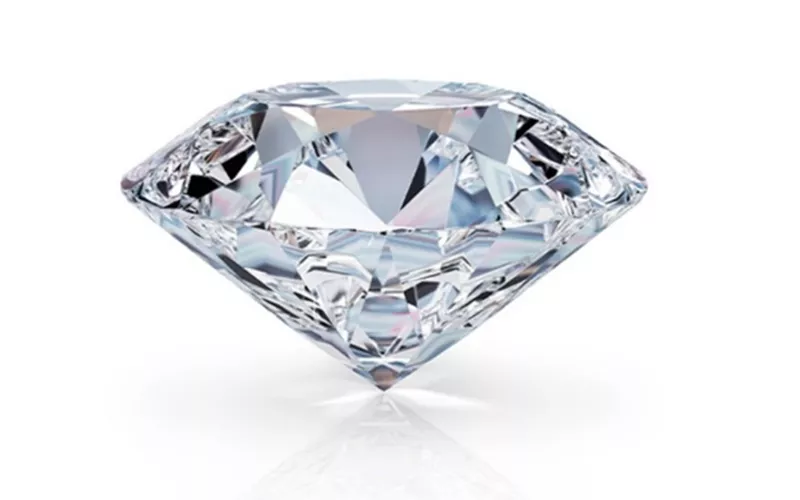
Hoewel niet harder dan diamant, kubieke boornitride heeft een bijzondere plaats vergeleken met diamant. Kubieke boornitridehardheid is 4500 kg/mm2, terwijl diamant een hardheid heeft van ongeveer 600 kg/mm2. De waarden van de modulus van zowel Young als Bulk liggen ook in een vergelijkbaar bereik van 800 – 1000 en 370 – 450.
Bovendien, als het om structuur gaat, zoals diamant, c-BN heeft twee verschillende basisatomen. De gelijkenis tussen zowel diamant als c-BN wordt over het algemeen toegeschreven aan de gelijkenisstructuur die ze bezitten.
Kubieke boornitride gebruikt
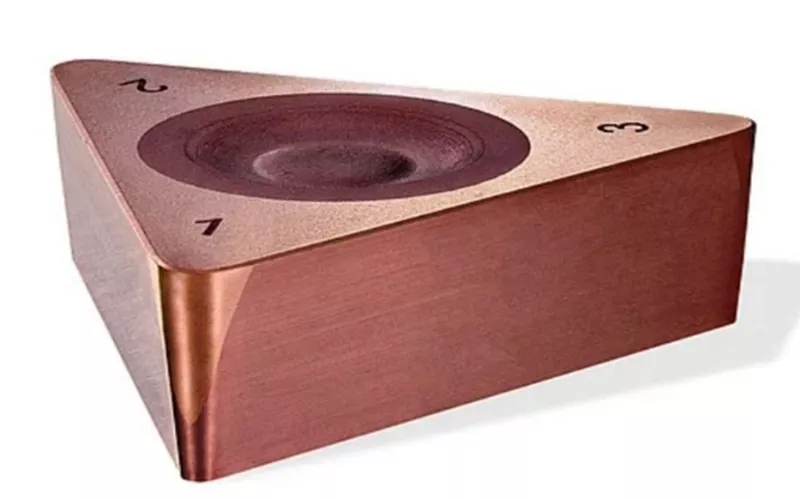
cbn snijgereedschap materiaal
Kubieke boornitride Vertoont zowel een elasticiteitsmodulus als een bulkmodulus die groter zijn dan die van boorcarbide en siliciumcarbide. Juist deze reden draagt sterk bij aan de hardheid van kubisch boornitride. De hardheid maakt ze geschikt als schuurmiddel en helpt ze te functioneren als cbn snijgereedschap materiaalOver het algemeen wordt Dense c-Bn gebruikt voor snijtoepassingen en poreuze typen voor slijptoepassingen.
De inerte aard van Kubieke boornitride ook Helpt ze functioneren als snij- en bewerkingsmateriaal. In tegenstelling tot diamant reageert het niet met ijzer. Conventioneel c-Bn vereist echter manipulatie om het te kunnen gebruiken in snijtoepassingen. Dit gebeurt meestal tijdens de omzetting van h-Bn naar c-Bn tijdens het sinteren.
cbn als elektrische isolatoren
Afgezien van hardheid Kubieke boornitride blinkt ook uit in elektrische isolatoren. Dit wordt toegeschreven aan hun grote bandgap.
cbn in halfgeleidertoepassingen
Door het coaten van aluminium en metalen uit groep 8, C-BN De functionaliteit om een gootsteen te worden is populair in de elektronische industrie. C-BN wordt gebruikt als koellichaam in lasers, micro-elektronische apparaten en LED's.
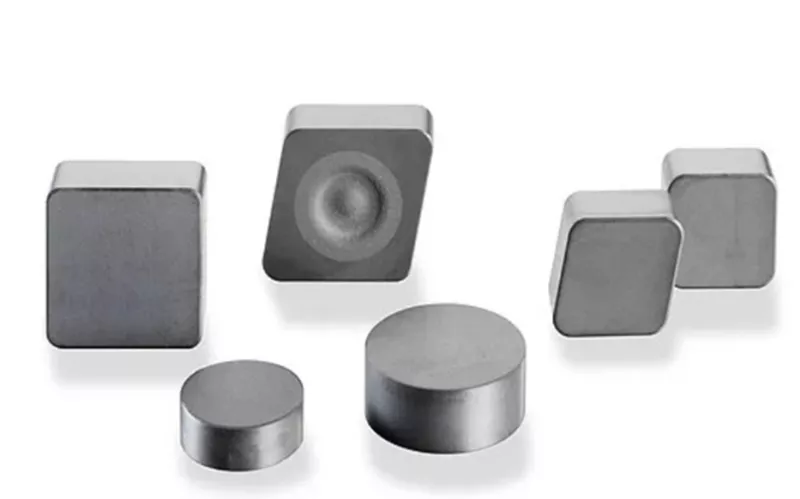
Kubieke boornitride Voegt ook waarde toe tijdens de halfgeleidersynthese om p- en N-type te verkrijgen door middel van de juiste doping. De meest gebruikte materialen voor doping zijn silicium of beryllium. Deze halfgeleiders werken bij hoge temperaturen en worden gebruikt in UV-sensoren.
c-BN slijpschijven

De uitvinding van c-BN slijpschijven verdiende precisieproductie vanwege de verhoogde efficiëntie. Wielen gemaakt van c-BN leverden een bijdrage aan industrieën zoals de lucht- en ruimtevaart, machinebouw, gereedschapsproductie en automobielindustrie. c-BN slijpschijven Ze bieden ook een hoge hardheid en goede prestaties in vergelijking met SiC en aluminiumoxide. Ze garanderen structurele integriteit bij hogere temperaturen en ondergaan geen degradatie.
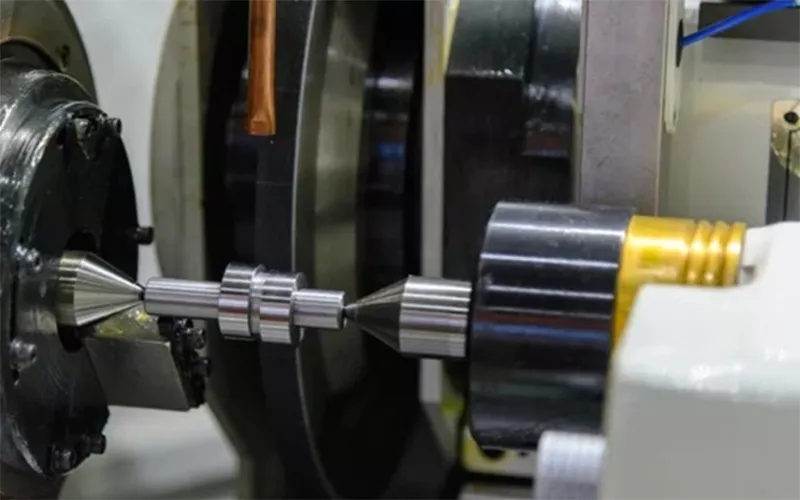
De wielen van c-BN Kan hoge temperaturen weerstaan en is bestand tegen de hoeveelheid warmte die tijdens het proces vrijkomt. De slijtvastheid is ook economisch voordelig bij het overwegen van c-BN slijpschijven. c-BN slijpschijven bieden uitstekende oppervlakteafwerking en voorkomt verspilling van werkstukken. Het zorgt ook voor een kortere cyclustijd, omdat de taken snel en nauwkeurig worden uitgevoerd.
Super abrasieve schijven – of diamant c-BN schijf
De super-abrasieve schijven onderscheiden zich van conventionele schijven van siliciumdioxide en aluminiumoxide. Ze zijn gemaakt van een combinatie van c-Bn en diamant. De super-abrasieve schijven bieden een betere thermische geleidbaarheid, waardoor de temperatuurstijging van het werkstuk wordt beperkt. diamanten c-Bn wiel bieden ook een hoge nauwkeurigheid en precisie bij het snijden, wat bijdraagt aan een langere levensduur.
Conclusie
Kubieke boornitride is wenselijk in de moderne wetenschap en materiaalproductie. Ze zijn concurrerend in vergelijking met materialen zoals diamant. Ze blinken uit in eigenschappen zoals hardheid, sterkte en elektrische isolatie. De brede band gap, inerte aard, lage diëlektrische constante en optische specialiteiten zijn andere factoren die van belang zijn.
